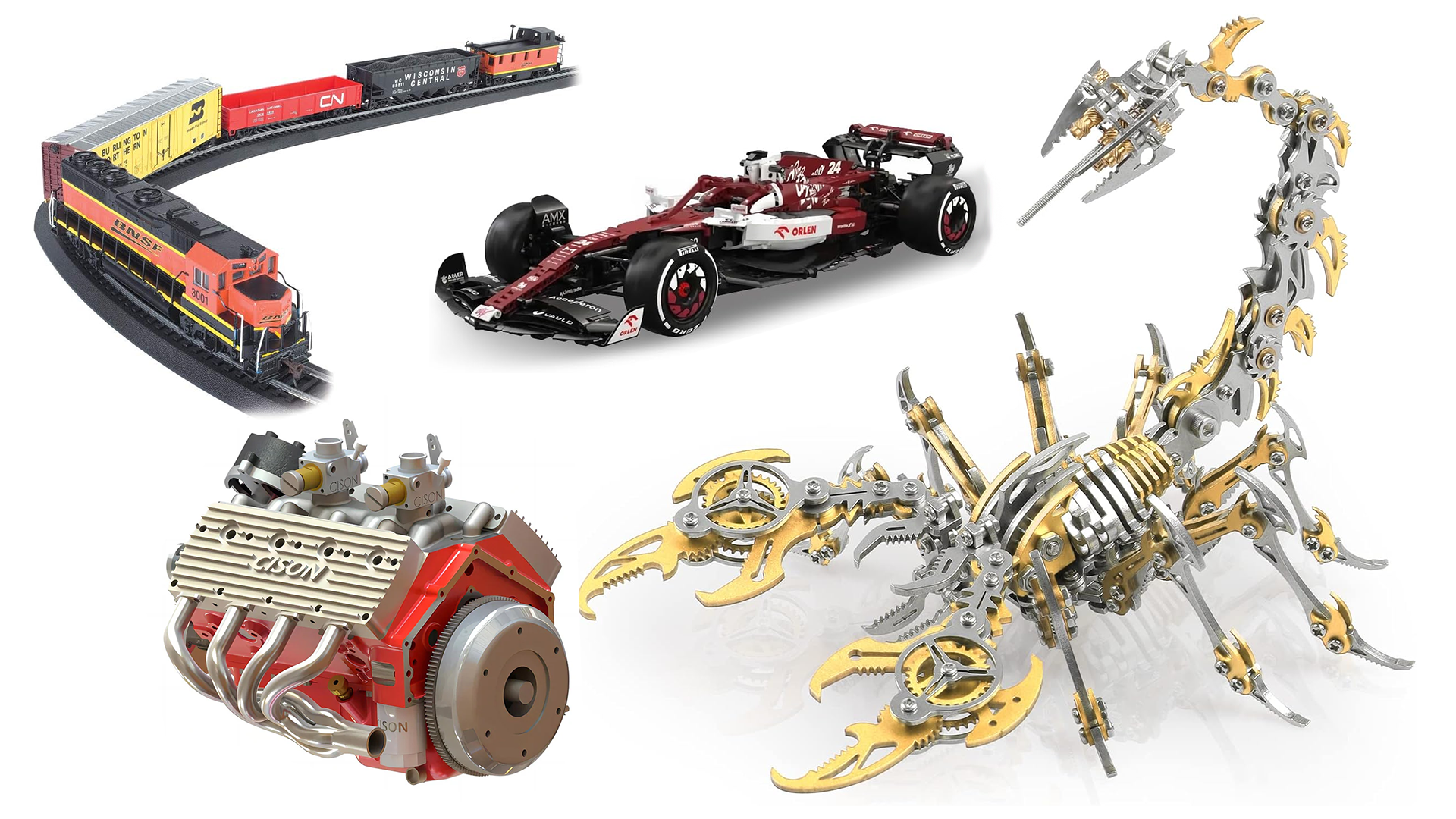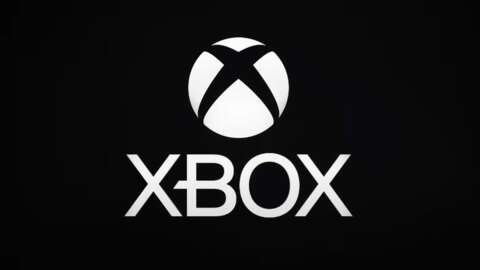For many of us, LEGO was our first exposure to the world of crafting and model building. We received a box of bricks at four or five years old, and we followed the nonverbal instructions to create our first house, or animal, or car.
Or (more likely), we built whatever we liked, and we learned, through trial and error, how to make a sturdy wall, or make a vehicle roll evenly, or add integrity to a delicate structure. And before we knew it, we were creating ambitious custom builds or tackling the 2000+ piece behemoths on the upper end of LEGO's trademark lines.
There's a LEGO set for every age and skill level. But there is also more to the world of modeling and crafting than LEGO. If you love your "automatic binding bricks," but wonder what else exists in the world of puzzle models, we have you covered. Here are 10 LEGO alternatives you might want to try out.
The Best LEGO Alternatives
ROKR (Robotime)
Made entirely of laser cut wood, these mechanical contraptions have interlocking gears, axels, and trigger mechanisms, which combine to make a clock turn or to trigger a winding marble run. ROKR has wooden, gear-heavy models of everything, from pinball machines to music boxes.
iDventure Clueboxes
It is not a building toy, strictly speaking. But this line of Clueboxes offers an escape room-type experience, where you follow clues and then manipulate the box's mechanisms to unlock the next clues, and so forth. From a mechanical perspective, they're fascinating in the same way that LEGO machines are fascinating. And once you open a Cluebox completely, you can reset it either for replay value or to aggravate the next person who picks it up.
Model Trains
Here's the original expensive, craft-based hobby. If you have the space and the patience, you can dive headfirst into the world of model trains. It starts with a single train and an oval track, but it can slowly evolve and progress into an entire layout, with train stations and natural scenery. Find a niche community in your area, and check out the reseller's market for used locomotives to get yourself started.
Meccano
Inheritor of the iconic, classic Erector Set brand, Meccano specializes in metal rods and plates, which screw together and fasten via nuts and bolts. You can create anything from a simple scooter, to a fighter plane with an impressive wingspan, to a motorized RC car. As with LEGO, there's something to be said for longevity in a trend-driven toy industry.
CaDA
There are numerous "LEGO-compatible" companies—of questionable moral fiber—that sell bricks and copycat models at a lower price and quality. Of them, CaDA is a cut above the rest. They at least have the decency to create original builds out of their less-than-original medium. For a while, they specialized in Technic-styled vehicle builds, but more recently, they've moved into designing modular buildings and architecture replicas.
Stirling Kit
Stirling specializes in model engines, with intricate models of electric engines, steam engines that run on boiled water, and combustible engines that run on gasoline. Their sets are perfect for a current or aspiring gearhead.
Clixo
Clixo are a series of flexible plastic strips, which are magnetized on either end and combine to form a three-dimensional structure. For a long time, Clixo targeted at kids and parents of kids exclusively. But recently, the company has moved into the adult market with a line of Clixo strips that has more neutral, natural coloring, like black and wood.
Magna-Tiles
Magna-Tiles are for children mostly. But to be fair, they're universally loved by the parents who buy them. My son started with Magna-Tiles before progressing to LEGO. They are magnetized plastic tiles, and they are even bigger than they look in the advertisements. With a large box of them, you can build a very impressive castle with very little effort. Highly recommended for the 6 and under set.
Wonder Artistic Models
There's plenty of wooden dinosaur skeleton models available at any craft or hobby store. But this company based in Chile is something special, creating anatomically correct, articulable dinosaur models for public consumption. The T-Rex model, for example, is based on Sue, the most complete T-Rex ever found, with over 90% of its fossilized skeleton found intact.
Metalkitor
Want to create steampunk anglerfish or a pregnant steampunk seahorse? How about a steampunk octopus, which can light up and change colors with the press of a button? Or how about a steampunk owl, with headwear, googles, and glowing eyes? Metalkitor makes massive, metal sets with a gear-heavy aesthetic.
LEGO is a high-quality brand, and you get what you pay for. The rough rate for pricing a set is $.10 per brick, and when you add the third party "tax" on top of that—a Disney-branded set, for example, might cost 20% more than a non-branded set with the same piece count, things can quickly get cost prohibitive. The big sets rarely go on discount. Instead, LEGO retires them to make way for more inventory. And any retired sets that end up in the hands of resellers? Get marked up by hundreds of dollars, owing to their scarcity.
This typically doesn't mean that builders swear off LEGO completely. But it does mean they'll buy less sets per year, as their budget allows. And thus, all of these alternative brands, which offer interactive building experiences, are worth investigating and evaluating on their own merits. They don't have the consistency or established history of LEGO. But if you like building things—if you or your child crave the flow state that comes from dedicating your mind and body to a single, focused task at hand—there are other ways to achieve it, and typically for less money.






